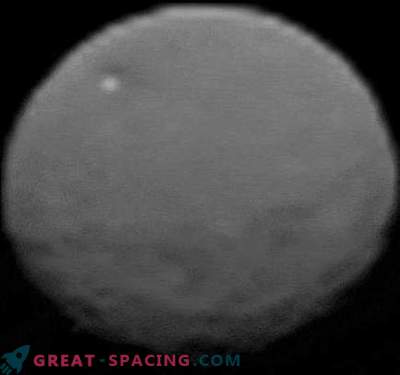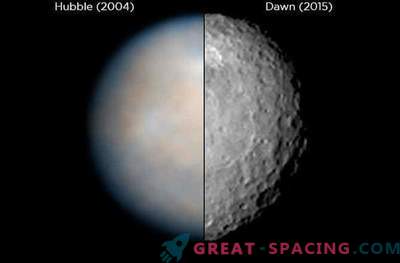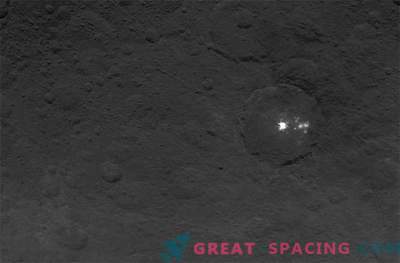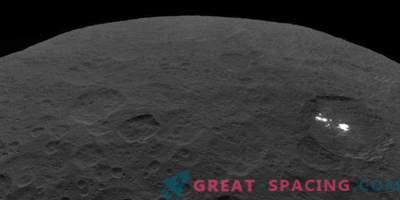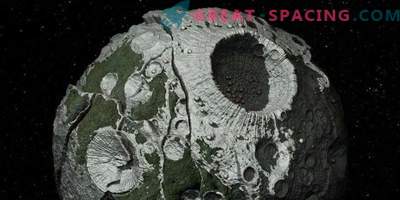
The NASA probe is about to get the first image at close range of a potentially habitable foreign world.
In March 2015, NASA's Dawn spacecraft arrives at the orbit of the dwarf planet Ceres, the largest object in the main asteroid belt between Mars and Jupiter. Ceres is a relatively warm and humid object that deserves to be mentioned alongside Jupiter Europa and Saturn’s Enceladus, both of which can potentially support life as we know it.
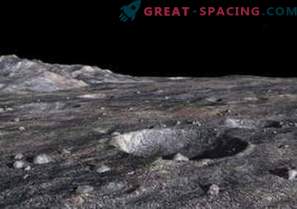
Estimated Surface of Ceres
“I don’t think that Ceres is less interesting from the point of view of astrobiology than other potentially inhabited worlds,” said Chien-Yang Li from the Planetary Science Institute in Tucson, Arizona, on Thursday at a meeting of the American Geophysical Union.
Lee said that in order for life to exist, three components are needed: liquid water, an energy source, and some chemical building blocks (namely carbon, hydrogen, nitrogen, oxygen, phosphorus, and sulfur). It is believed that the dwarf planet Ceres, which is about 590 miles (950 kilometers) wide, contains a lot of water, based on its low density (2, 09 grams per cubic centimeter, compared to 5, 5 g / cubic centimeter for the Earth ). Ceres is probably a differentiated object with a rocky core and a mantle consisting of water ice.
"In fact, Ceres may be 40% water," said Lee. "Ceres may become the largest object in terms of the amount of water in the inner part of the solar system, other than the Earth. Nevertheless, it is unclear whether water is in a liquid state."

Ceres and NASA spacecraft Dawn through the eyes of the artist
"Ceres receives enough solar heat, since the dwarf planet is just 2, 8 astronomical units from the Sun," Lee continues. Recall that one astronomical unit is the distance between the Earth and the Sun, which is about 93 million miles or 150 million km. Europe and Enceladus are much further away from our luminary - 5, 2 and 9 a. e., respectively.
Both Europe and Enceladus have reserves of internal heat, which is generated by tidal forces. This heat keeps the oceans in liquid form and also causes water geysers on Enceladus and Europe. Interestingly, the scientists announced the discovery of the emission of water vapor on Ceres at the beginning of this year.
"The geysers of Ceres can be indirect evidence of internal heat," said Lee. "For example, they may exist by heating the surface ice of Ceres by sunlight and subsequent sublimation into space."
The Dawn spacecraft should photograph the dwarf planet in more detail when it reaches Ceres in the spring of 2015. The spacecraft, which revolved around the giant asteroid Vesta from July 2011 to September 2012, will display the surface of Ceres in detail, collect information about the geology of the body and its thermal conditions until the end of the mission in July 2015.
Learn more about the dwarf planet Ceres from our article.




